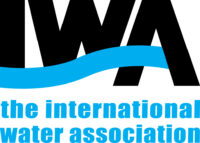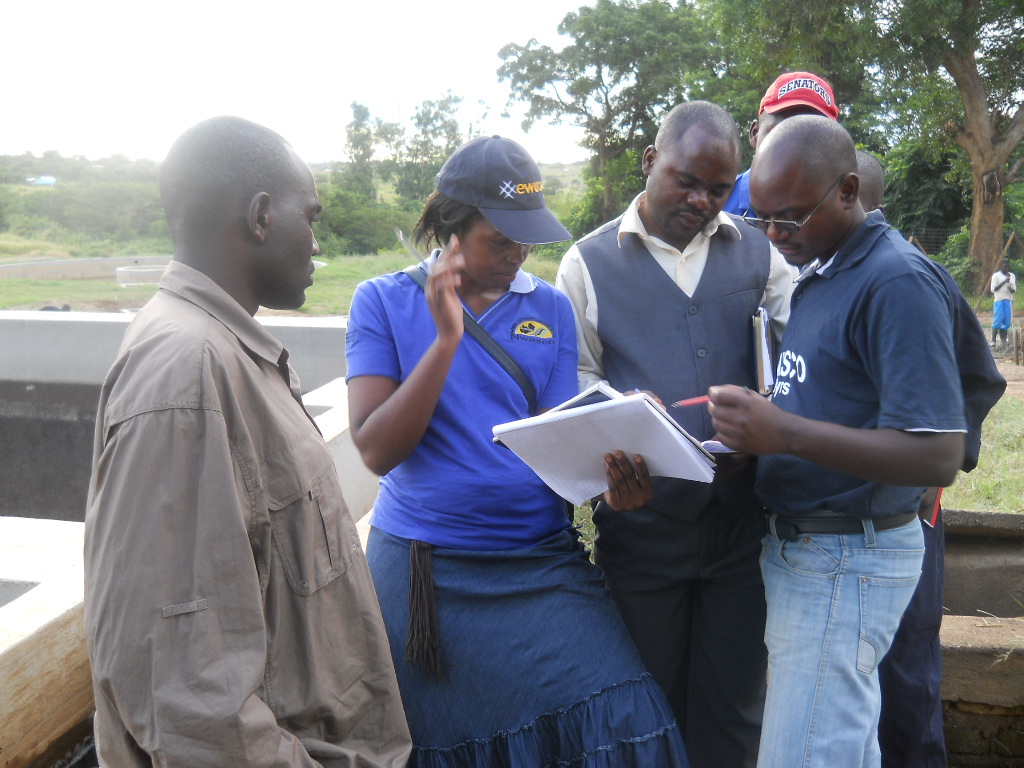Over the past 50 years, Constructed Wetlands, also known as Treatment Wetlands, have emerged as champions in treating domestic and industrial wastewaters, stormwater overflows, and waste sludge. In this blog, we explore the evolution of these eco-friendly technologies and their crucial role in delivering a more sustainable future.
The Power of Wetland Technologies in Sustainable Water Treatment
As we approach World Wetlands Day on 2 February, it’s fitting to reflect on the remarkable journey of water treatment technologies inspired by the resilience of wetlands. Over the past 50 years, Constructed Wetlands, also known as Treatment Wetlands, have emerged as champions in treating domestic and industrial wastewaters, stormwater overflows, and waste sludge. In this blog, we explore the evolution of these eco-friendly technologies and their crucial role in delivering a more sustainable future.
Treatment Wetlands have matured into a proven solution for municipal and industrial wastewater treatment systems, offering ecological benefits and higher performance efficiency. Scientific publications and practical guidelines, available as free-access e-books (e.g., https://iwaponline.com/ebooks/book/330/Treatment-Wetlands; https://iwaponline.com/ebooks/book/780/Wetland-Technology-Practical-Information-on-the), now guide their implementation worldwide. These wetland technologies stand ready to replace conventional processes, offering a sustainable approach to wastewater treatment.
There are diverse wetland technologies, such as:
- French Filter System: The “French Filter system” emerges as an ideal choice for treating raw sewage with superior efficiency, presenting an environmentally friendly option without methane release and reduced sludge management.
- Sub-surface Flow Wetlands: Commonly designed with horizontal or vertical flow, sub-surface flow wetlands excel in the biological treatment of pre-treated wastewater or low-solids wastewater. Adopted globally, these technologies are particularly suitable where low maintenance costs are crucial.
- Aerated Wetlands: Rising to prominence, aerated wetlands prove effective not only for pre-treated wastewater but also for industrial effluents and airport runoff. Their smaller footprint makes them valuable in urban areas. However, they are more complex in design and operation – yet much less than most conventional treatment technologies – and they require an electric power supply.
- Surface Flow Wetlands: Mimicking natural wetlands, surface flow wetlands serve as the final polishing stage for effluents. Used in scenarios ranging from large wastewater treatment plants to stormwater, these wetlands offer considerable value as biodiversity reservoirs.
- Sludge Treatment Wetlands: Offer an eco-friendly solution by utilising natural processes to mineralise and dry sludge. Versatile in processing sludge from wastewater treatment plants, drinking water plants, or as part of fecal sludge collection services for on-site sanitation facilities. Highlighting their adaptability, sludge treatment wetlands demonstrate effectiveness in the broader context of sanitation management.
As we observe World Wetlands Day, we envision wetland treatment technology as a pivotal player in shaping the sanitation landscape of both rural areas and future cities. Treatment wetlands offer a sustainable alternative, contributing to close-loop solutions that valorise precious resources, mitigate the effects of climate change, and enhance biodiversity.
Global Wetland Technology’s Contribution
As Global Wetland Technology (www.globalwettech.com), a consortium of leading treatment wetland experts worldwide, we are committed to advancing these solutions. Join President Dirk Esser and our team in marking World Wetlands Day by advocating for the integration of treatment wetland technologies in a broader scenario to address the complex challenges of the 21st century. Together, let’s protect the invaluable ecosystems that wetlands represent.




